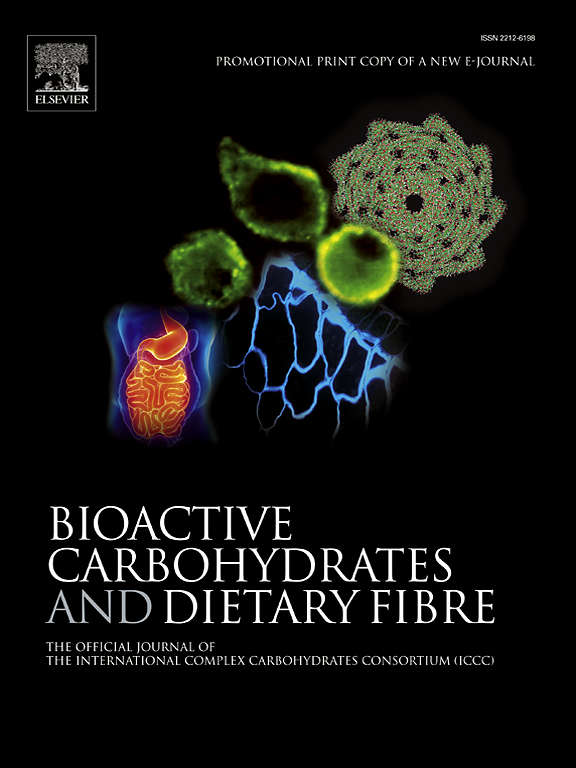Synthesis of sulfated chitosan from cuttlebone of Sepia pharaonis (Ehrenberg, 1831) and its capacity to inhibit blood clotting
IF 3.6
引用次数: 0
Abstract
The synthesis of sulfated chitosan from the cuttlebone of Sepia pharaonis (Ehrenberg, 1831) and its potential to inhibit blood clotting were investigated in this study. Cuttlebone-derived chitosan was chemically modified by sulfation to produce sulfated chitosan. This modification was achieved by introducing sulfate groups into the chitosan structure, thereby enhancing its biological properties. The synthesized sulfated chitosan demonstrated a significant capacity to inhibit blood clotting, indicating its potential application as an anticoagulant. Anticoagulant activity was evaluated through in vitro assays, where sulfated chitosan exhibited notable suppression of clot formation. Moreover, this study examined the structural and physicochemical properties (FTIR, XRD, FESEM) of the synthesized sulfated chitosan, providing insights into its potential mechanism of action. These findings suggest that sulfated chitosan derived from Sepia pharaonis cuttlebone holds promise as an effective and biocompatible anticoagulant, thereby presenting a potential avenue for the development of novel therapeutic interventions in the field of cardiovascular medicine and related disciplines.
从法老乌贼骨中合成硫酸壳聚糖(Ehrenberg, 1831)及其抑制血液凝固的能力
本研究探讨了从法老乌贼(Sepia pharaonis, Ehrenberg, 1831)的乌贼骨中合成硫酸化壳聚糖及其抑制血液凝固的潜力。对海螵蛸壳聚糖进行了磺化改性,制备了磺化壳聚糖。这种改性是通过在壳聚糖结构中引入硫酸盐基团来实现的,从而提高了壳聚糖的生物学性能。合成的硫酸壳聚糖具有明显的抗凝血能力,表明其作为抗凝血剂的潜在应用前景。通过体外试验评估抗凝血活性,硫酸化壳聚糖表现出明显的凝块形成抑制作用。此外,本研究还对合成的硫酸壳聚糖的结构和理化性质(FTIR, XRD, FESEM)进行了测试,为其潜在的作用机制提供了新的见解。这些发现表明,从法老乌贼鱼骨中提取的硫酸化壳聚糖有望成为一种有效的生物相容性抗凝剂,从而为心血管医学和相关学科领域的新型治疗干预提供了潜在的途径。
本文章由计算机程序翻译,如有差异,请以英文原文为准。
求助全文
约1分钟内获得全文
求助全文
来源期刊

Bioactive Carbohydrates and Dietary Fibre
Agricultural and Biological Sciences-Food Science
CiteScore
6.00
自引率
0.00%
发文量
38
期刊介绍:
 求助内容:
求助内容: 应助结果提醒方式:
应助结果提醒方式:


